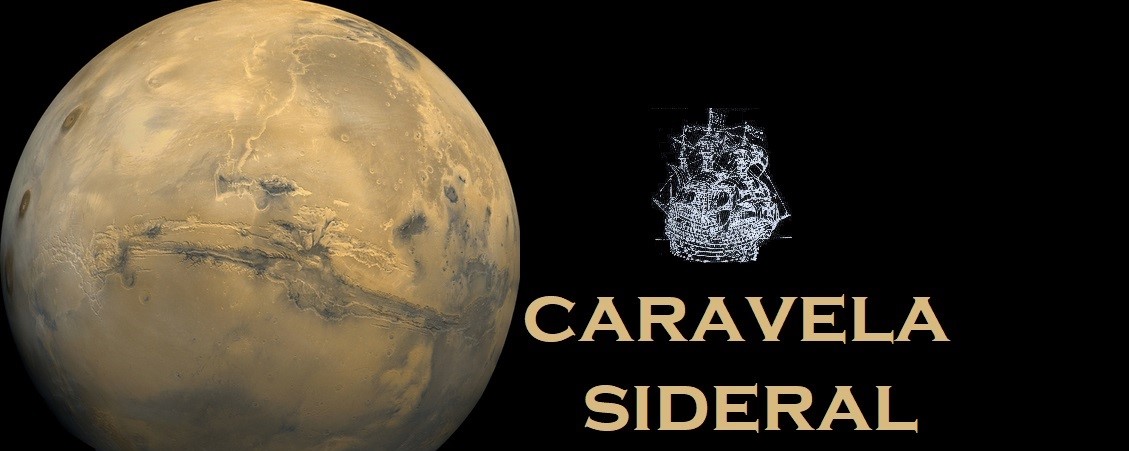Masten Space Systems is a company with incredible capabilities, that makes authentic magic with rockets and that dominates the stationary flight and the vertical landings like few.
A Masten Space Systems é uma empresa com capacidades incríveis, que faz autêntica magia com foguetões e que domina o voo estacionário e as aterragens verticais como poucos.
 |
Masten has a short but brilliant story. / A Masten tem uma história curta, mas brilhante.
Image NASA |
It was founded in 2004 by David Masten and since then has participated in several challenges such as NASA and Northrop Grumman Lunar Lander Challenge X Prize in 2009 with Xombie XA-0.1B vehicle and Xoie VTVL.
Masten has terrestrial vehicles for vertical take-off and landing, which serve as test platforms for the company itself and for customers.
Foi fundada em 2004 por David Masten e desde então participou em diversos desafios, tais como NASA and Northrop Grumman Lunar Lander Challenge X Prize em 2009 com o veículo Xombie XA-0.1B e com o Xoie VTVL.
A Masten tem veículos terrestres para descolagem e aterragem vertical, que servem de plataformas de teste para a própria empresa e para os clientes.
 |
| Xodiac (XA-0.1-E-5) |
 |
| Xombie (XA-0.1-B-1) |
Recently the Xodiac vehicle was used to test a sampling system called PlanetVac, built by Honeybee Ltd and sponsored by the Planetary Society, capable of operating on the surface of a planet or an asteroid and which can be seen in the video below.
Recentemente o Xodiac foi usado para testar um sistema de colheita de amostras chamado de PlanetVac desenhado pela empresa Honeybee Ltd e patrocinado pela Planetary Society, capaz de operar na superfície de um planeta ou de um asteróide e que pode ver no vídeo em baixo.
It is one of NASA's partners in the LunarCATALYST program, which aims to accelerate the participation of private companies in the shipping of cargo to the Moon. To this, it is developing the lunar module XL-1, capable of placing 100 kg of cargo on the surface and the first mission could take place in 2021. This small module could be launched by SpaceX's Falcon 9 or by the Atlas V, or Delta IV rocket from the ULA as a secondary load.
É um dos parceiros da NASA, no programa LunarCATALYST, que pretende acelerar a participação das empresas privadas no envio de cargas para a Lua. Para isso está a desenvolver o módulo lunar XL-1, com capacidade para colocar 100 kg de carga na superfície e a primeira missão poderá acontecer em 2021. Este pequeno módulo poderá ser lançado pelo Falcon 9 da SpaceX ou pelos foguetões Atlas V, ou Delta IV da ULA, como carga secundária.
 |
On top, illustrations of the XL-1 approaching the Moon and standing on the surface.
Em cima, lustrações do XL-1 na aproximação à Lua e poisado na superfície. |
It also has a partnership with the ULA for the construction of a large lunar module, the XEUS, eXperimental Enhanced Upper Stage, capable of landing and taking off successively, being essentially a stage of the future Vulcan rocket, ACES, Advanced Cryogenic Evolved Stage, and that may be able to do cargo transports of up to 25 metric tons from lunar orbital stations to the lunar surface and vice versa.
Tem também uma parceria com a ULA, para a construção de um módulo lunar de grandes dimensões, o XEUS, eXperimental Enhanced Upper Stage, capaz de aterrar e descolar sucessivamente, sendo essencialmente um andar do futuro foguetão Vulcan, o ACES, Advanced Cryogenic Evolved Stage, e que poderá ser capaz de fazer transportes de carga de até 25 toneladas métricas de estações orbitais lunares para a superfície lunar e vice-versa.
 |
Above, a preview of the XEUS landing and resting on the surface of the Moon.
Em cima, uma antevisão do XEUS a alunar e em repouso na superfície da Lua.
Images and video from Masten Space Systems |












































